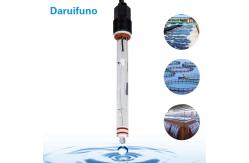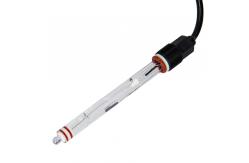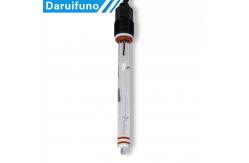NTC10K 0~80℃ Temp. Compensation Glass PH Sensor For Dirty Water
|
|
NTC10K 0~80℃ Temp. Compensation Glass PH Sensor For Dirty Water
To measure pH, an indicator electrode that is sensitive to hydrogen ions must be used. The principle of measurement is to use a hydrogen ion sensitive glass membrane sensor to detect the signal generated between the sensor and the sample solution. However, the indication potential of the pH electrode alone is not enough, we also need a second electrode. The second electrode can provide a stable reference signal or potential to the indicator electrode. Measuring pH must use these two electrodes of different potentials together. The pH electrode generates an electrical signal according to the hydrogen ion concentration, and the magnitude of the electrical signal determines the pH of the solution.
The reference electrode does not respond to the concentration of hydrogen ions, so it can provide the same and stable potential for the pH indicator electrode. The potential between the two electrodes can determine the pH value of the solution, that is, the number of hydrogen ions in the solution. The potential is a linear function of the hydrogen ion concentration in the solution. The pH measurement consists of two separate electrodes, the pH indicating electrode and the reference electrode. It is now very common to combine two separate electrodes into one composite electrode.
Specification:
Please click the catalog of pH controller here:
Brief introduction:
Aplication: Water treatment monitoring Drinking water,surface water,water quality analyze,ground water,ect.
Industrial process monitoring and dosing control Chemical,petroleum,paper,food and medicine,PCB manufacturing,etc.
FAQ 1. What is themeasurement principle of this pH electrode?
if the two are the same, the solution is neutral and the pH value is equal to 7; if the internal hydrogen ion concentration is higher than externally, the measured solution is alkaline and the pH value is higher than 7.
5. How often must the pH sensor be calibrated? A: Depends on the type of sample: Dirty samples and non-aqueous samples require more frequent calibration. Depends on the required accuracy: For very accurate measurements, at least daily calibration is required. Depends on the quality of the electrode: Old electrodes require more frequent calibration. |
||||||||||||||||||||||||||||||||||||||
| Product Tags: Compensation Glass PH Sensor Compensation Glass PH ORP Sensors Dirty Water PH Sensor |
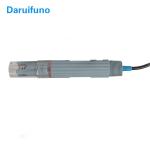
|
0~14pH Inline PH Sensor For Water Treatment |
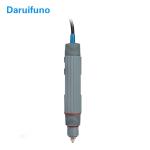
|
Industrial Rs485 Online Water Orp PH Sensor/PH Probe/PH Electrode |
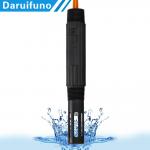
|
Pipeline Installation 60℃ ABS Analog Type PH Probe For Pure Water |
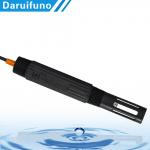
|
PT1000 /PT100 Temp. Compensation PH Sensor For Wastewater |
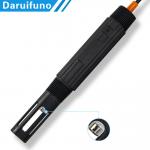
|
0~100℃ PH Electrode With High Temp. Resistant For Sewage Water |
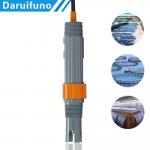
|
PH Probe With NTC10K Temp. Compensation For Industrial Water |

